Varicose Veins – Causes, Precautions and Treatment
Varicose Veins issue is most common in those who stand for long hours at work place. Though this condition is seen in both genders, the rate is higher in females. When veins which carry impure blood, present beneath skin of legs and feet enlarge, swell and get twisted, it leads to the condition of Varicose Veins. When faulty valves in the veins allow blood to flow in the wrong direction, this condition occurs.
It begins with swelling of nerves of legs and the colour changes to blue with purple shade. It’s seen as a beauty problem initially. In many cases this condition may not turn severe, but in some phases it can happen. So if you see such symptoms it’s better to consult a doctor in the early stage itself. Through proper controls in a disciplined way, you can keep the disease in control. If neglected complexity may increase.
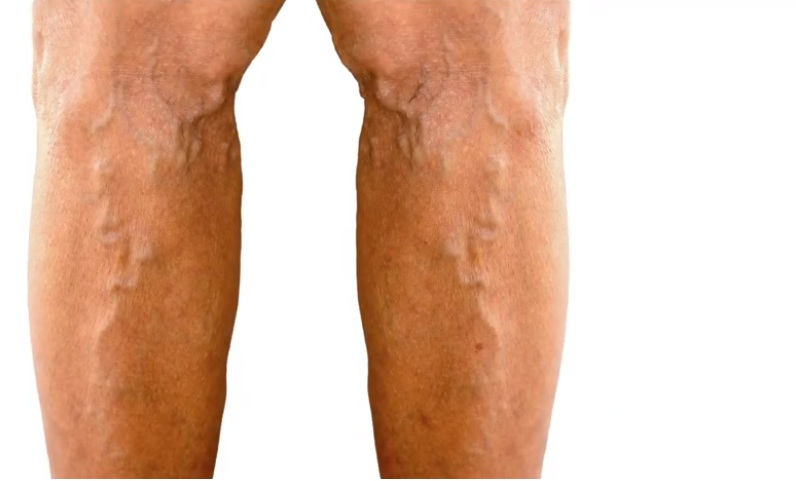
Varicose Vein is hormone related and that’s why it’s most common in ladies. Because of frequent deliveries, her leg muscles gradually lose efficiency. That’s the reason why valves of veins get damaged easily leading to this condition. During pregnancy period, there are more chances because of some hormonal changes leading to the tender condition of leg muscles. When weak condition of blood vessels exists for some period Varicose Vein can happen.
After menopause also there are more chances for Varicose Veins. Same is the case of those who stand on foot for prolonged hours. It’s hereditary and can be passed to future generations through father or mother.
Major symptoms of Varicose Veins
The most visible symptom is the swelling of leg veins and twisting structure. In some cases, the patient can feel numb beneath the ankle position. Initially no serious symptoms are noted. But as years pass by, the skin of affected portions can change in colour. It may change to red, turn dry and can cause itching.
When you stand or move your legs, severe pain can happen. Sudden stand can cause leg cramps also. Even small wounds formed in those areas can take long time to heal. The wounds may bleed more. In some cases skin above ankle portion shrinks because of fat deposits beneath skin. Scars can appear in heals and the person may find difficult to stand and walk.
If you observe Varicose Veins as a beauty problem only and give only less importance to early symptoms taking less precautions and preventive measures, veins of leg may enlarge, swell and even break with blood outflow. It happens when you neglect the symptoms for 8-10 years. When wounds won’t heal easily, it can also lead to varicose ulcers.
Why nerves enlarge and swell in this condition?
Varicose Veins affect only leg veins which carry impure blood. Veins of foot fight against gravitational force and take impure blood to heart. When valves are healthy, there is no issue with this process. But when valve damage occurs, blood circulation happens in opposite direction adding extra pressure to veins. When you stand for long hours, impure blood won’t circulate properly, pressure on veins increases resulting in swelling and Varicose Veins start to form. If you won’t treat it properly, the condition may spread to other body parts too. Slowly skin colour changes and venous ulcers may form.
There are three types of veins in foot which carry impure blood – Deep veins, superficial veins and perforator veins connecting both. Deep veins are embedded in the deep portions of leg muscles, and not visible from outside. 70-75% of impure blood passes through deep veins. Superficial veins are located above leg muscles and just beneath skin. They can cause Varicose Veins, but not deep veins. But problems in deep vein such as blocks and valve damage can cause varicose vein in superficial veins. Perforator veins are superficial, visible from outside and hence can cause Varicose Veins. When small veins beneath the skin of foot are affected they may go without noticed.
When can the condition turn worse?
In some people it’s only a cosmetic issue where veins swell and visible from outside. If it does not give any problem, further treatment may not be needed. In fact most of the people see it as a cosmetic issue and approach doctor with this cause. If it is harmless in certain conditions, it may turn severe if veins break, infection and inflammation occur due to lack of proper blood circulation and also formation of pus.
Excess pain of leg, swelling, reddish skin, fever with shivering, shivering of body, breathing issues, blood along with cough etc are some of the severe conditions of the disease. When blood circulation decreases, it may result in blood clot in veins, spreading to lungs and the conditions may turn severe. This condition known as pulmonary embolism happens in 2% of cases.
In 60% cases, the condition affects big and small veins of legs almost at the same time. In the rest cases, either big veins or small veins may be affected. Minute conditions such as spider vein and reticular vein beneath the skin can get converted to varicose vein in future.
If veins break and blood comes out
If veins break in varicose vein, it doesn’t cause pain and may go unnoticed. If it happens during sleep, it can’t be taken light. Blood flow should be stopped first. Don’t become panic. Wrap a cloth around the wound and raise the leg to stop bleeding. Gently press that portion and seek doctor’s help as soon as possible.
Treatment for varicose veins
Start treatment as soon as symptoms are noticed. It reduces the severity of the condition. Now treatment is available for change of skin colour, swelling of veins, skin ulcer, pain and discomforts. Earlier when you approach doctor as a part of cosmetic treatment, through surgery those veins were removed. Radio frequency ablation of the vein, laser surgery, creo surgery and open surgery are among those. Laser treatment is most effective. To remove the varicose veins condition on foot below ankle, Sclerotherapy is done. When you consult doctor for treatment related to diseases of superficial vein, check if minute veins of feet beneath the skin have been affected by the condition of varicose vein.
A few important things for patients to note
1. When nerves of feet start swelling, consult a doctor and check if it is a condition of varicose veins.
2. Tie the bandage which controls varicose veins. You can also use tight stockings around the legs to control the swelling of legs. When you wear compression stockings, they exert pressure on legs thus improving blood circulation. If you have problems like swelling while wearing stockings, seek doctor’s opinion. To improve tone (efficiency) of leg nerves certain drugs are available now.
3. When you sleep, place two pillows at leg position and place legs on them. It helps in blood circulation, and also reduces inflammation and blood clotting of nerves.
4. If you have obesity, keep your weight under control through a good diet plan. Lack of exercises can also lead to this condition. Avoid/control spices, chicken and red meat in your diet, which can change simple swelling conditions to complex because of certain factors present in them.
5. Avoid standing for long hours. If you stand and work in the same position for long time, after every half an hour change the position of body and sit for a few minutes. But never twist your legs while sitting.
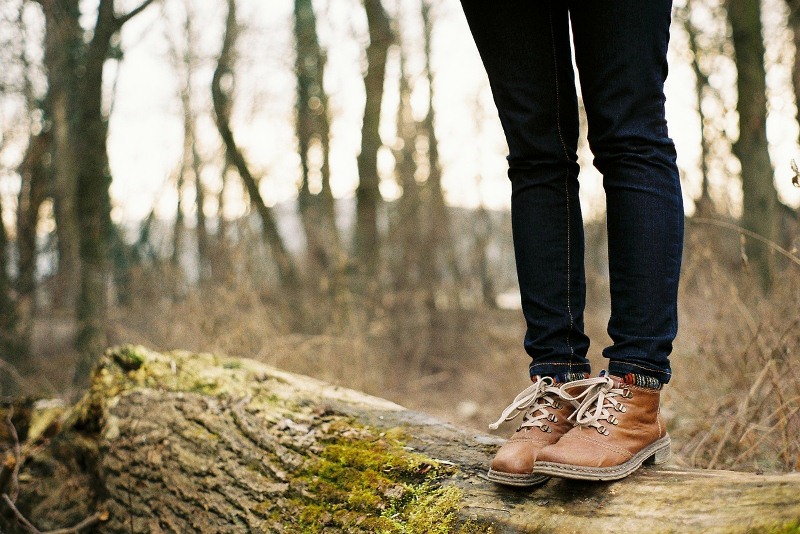
Treatment for varicose veins in Ayurveda
It falls under Shalyathantra (Surgery and orthopaedic) section in Ayurveda. So seek an expert doctor only.
In the first stage, certain medicinal oils will be applied, apart from giving medicines which give great relief to the condition. If the condition is not treated in first stage, it reaches the next stage where ‘Raktamoksham’ is done. It’s a form of leech therapy, where leeches are allowed to suck impure blood for nerve clots or inflammatory portions.
Sahajaraadi kashayam and oils are given as medicines. Apart from taking medicines, the patient has to apply herbal oil on those affected portions (swollen nerves) and massage in the upward direction. It should be done only with doctor’s prescription.
Constipation can lead to varicose veins. When constipation occurs, nerves of lower abdomen come under pressure leading to varicose veins. So take care in your diet to avoid constipation. Have fibre rich food, a lot of fruits and 8 litres of water.
Sudden changes in body temperature can lead to varicose veins. Habits such as cold water bath soon after spending some hours in extreme hot condition or going out under hot sun soon after spending prolonged hours in air conditioned room are not wise.
Make exercises your best friends
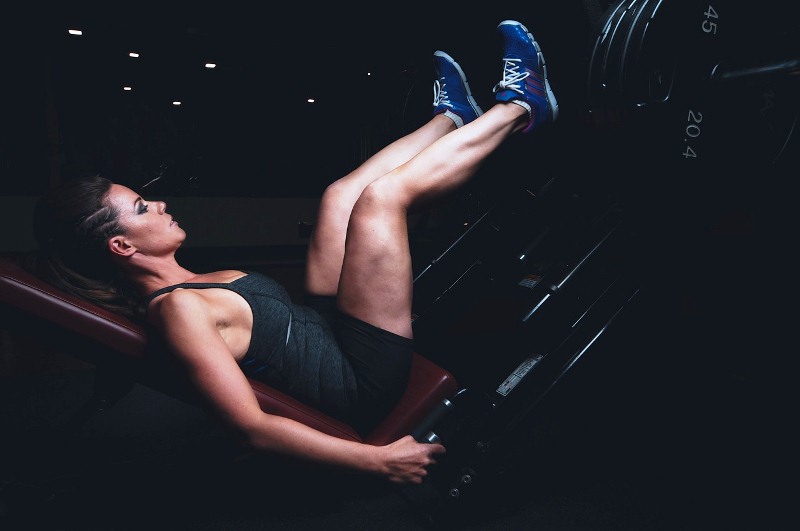
When you do regular exercises, it strengthens leg muscles and improves blood circulation. Give importance to those exercises which increases blood circulation of legs.
When you sit for long hours at office, take regular breaks and give mild exercises for legs. To improve blood circulation of legs, you can rotate feet in clockwise and anti-clockwise directions or move them to-and-fro. Fix toes on ground and raise heels and repeat the process for a few times. Those with problems of varicose veins can also do such simple exercises to reduce discomforts.
You can do this exercise soon after you wake up and just before you go to bed. Lay on bed first. Lift right leg slowly, hold for 5 seconds and lower it slowly. Repeat the process for left leg also. Do it 10 times daily. It improves blood circulation.
Swimming is best for patients with varicose veins. Those who have the habit of swimming have fewer chances to get this disease condition.
As varicose vein is hereditary, if your father or mother has this condition, as a sort of precaution, you can start exercises much earlier. If one of the parents has this condition, there is 50% chance. If both have this condition, there are more chances that daughters get it as hereditary. In the case of sons, there is 75% chance.
Before I conclude, a few points to note
1. Varicose vein can also appear in digestive track, anus and uterus, and known by different names. When it happens in anus, it is known as piles.
2. Varicose vein during gestation period may disappear after 1.5 years. While you are pregnant, walk for a while. It’s the best method to prevent varicose vein.
3. When veins are visible it’s often misinterpreted as varicose veins. It is prominent vein. While varicose veins appear as twisted or tangled manner, prominent vein is straight.
4. Varicose vein is most common in left leg, and in some persons it may be seen in both legs. Except during pregnancy, some a condition needs doctor’s advice.
5. Vascular surgeon specializes in varicose vein disorders. If you have doubt about conditions, diagnosis the disease first and then consult a specialist.

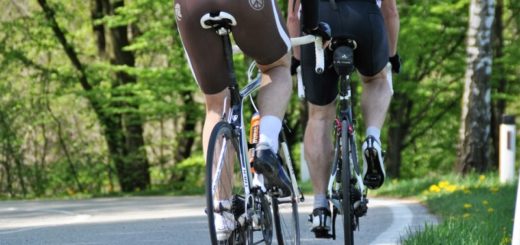


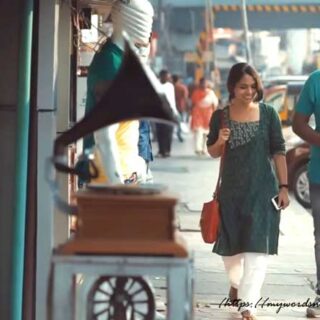







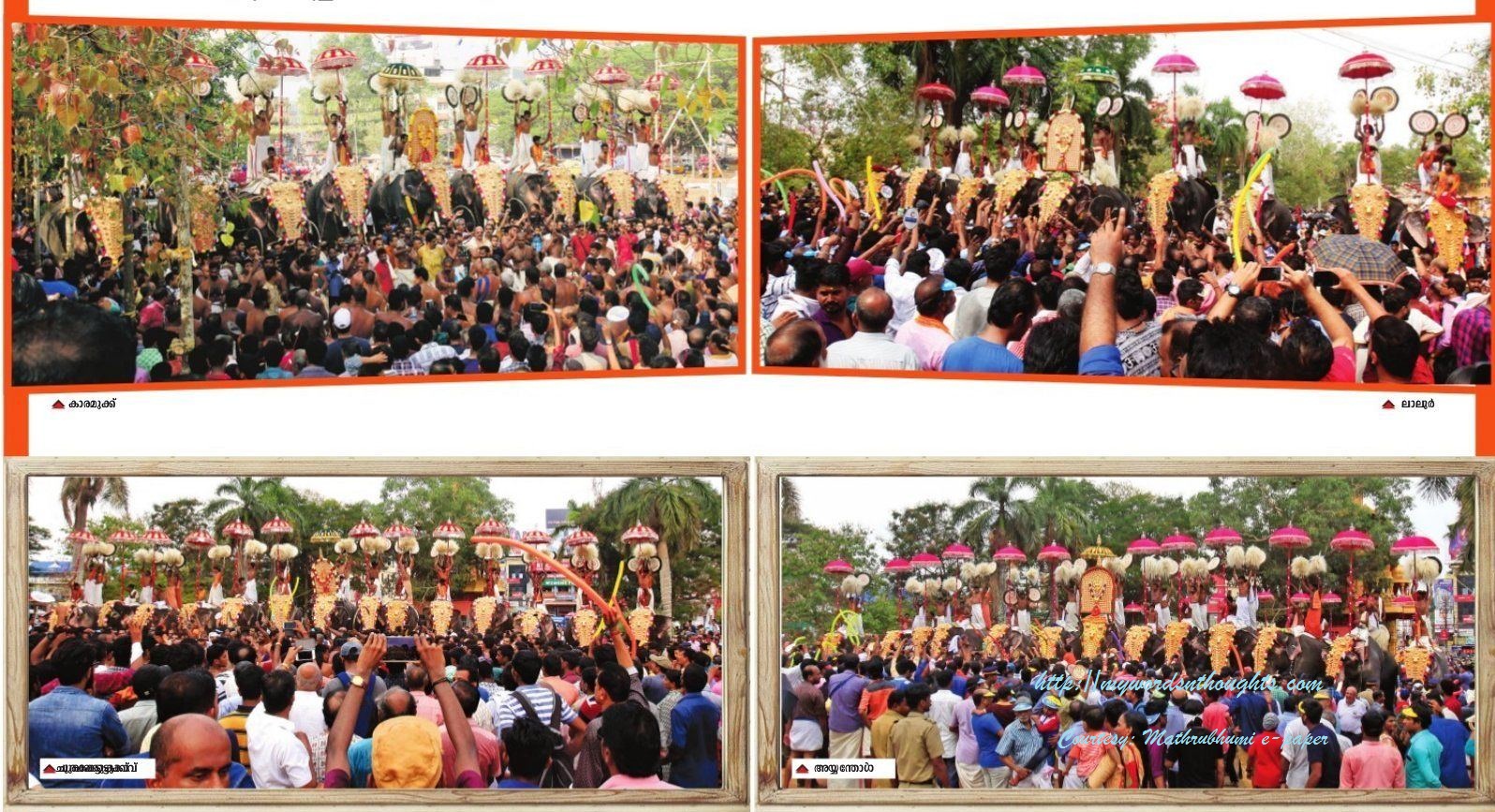
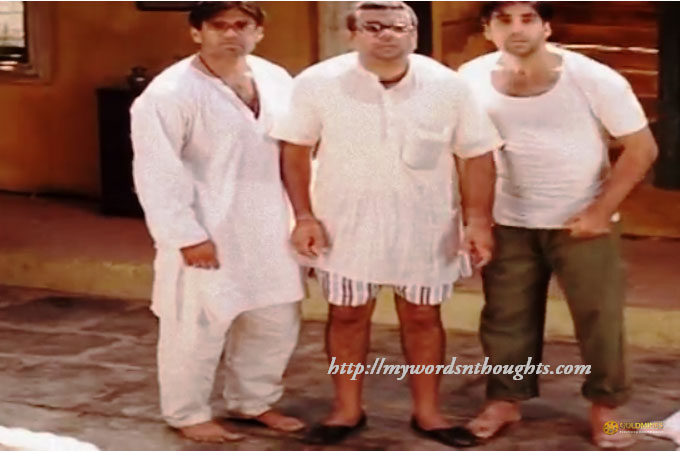
Recent Comments